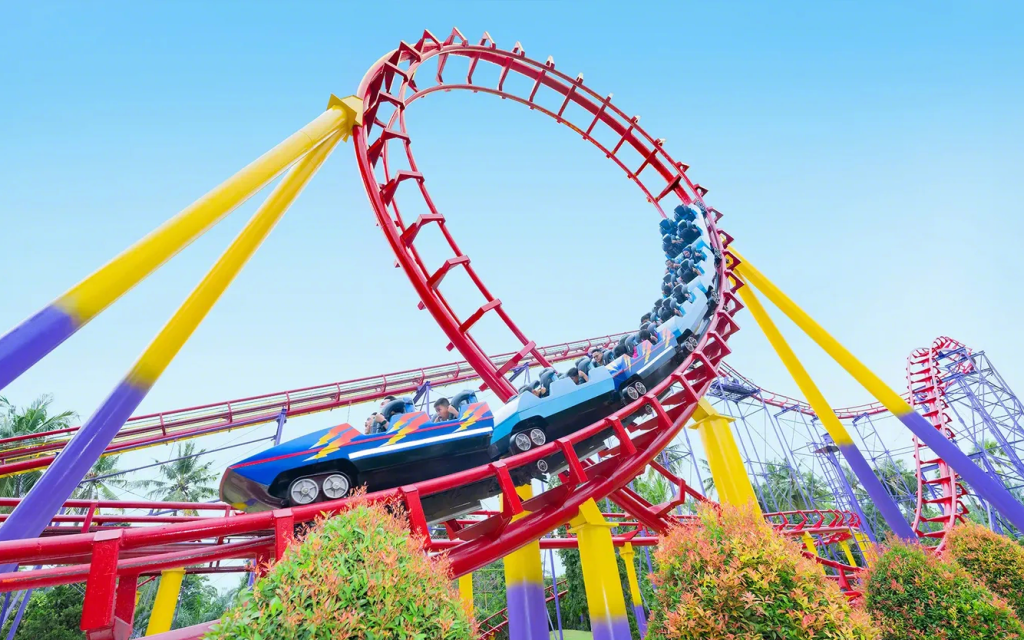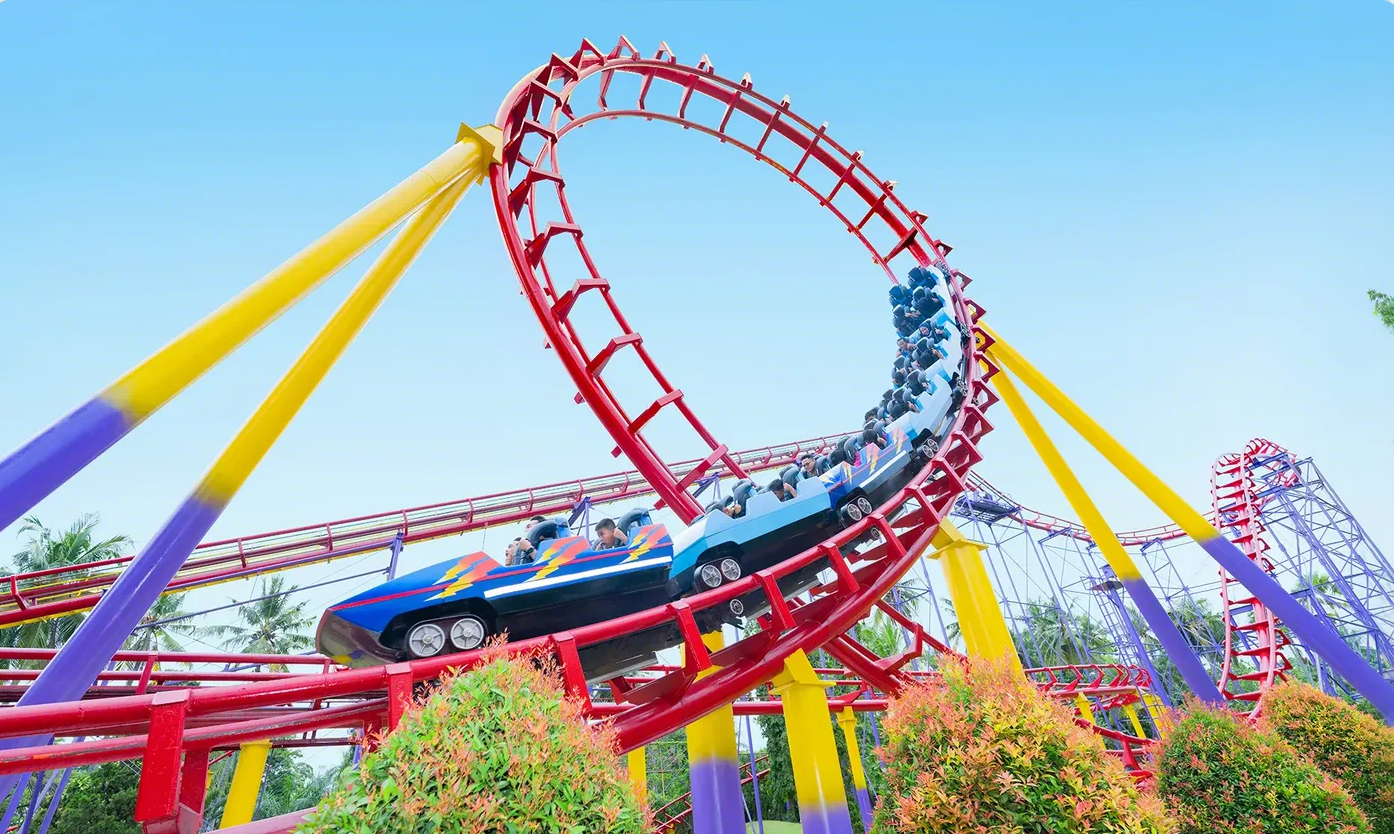
Understanding Your Park’s Needs: The First Step to Choosing the Perfect Ride
Identifying Your Target Audience
The first and most important step in choosing a new ride is to understand who your guests are. Are your visitors families with young children, teenagers seeking adrenaline, or a mix of both? This information influences every decision, from ride intensity to capacity.
For example, if a large portion of your guests are families with young children, a kiddie roller coaster (детские американские горки) is an excellent choice. These rides are designed with gentle slopes and lower speeds, providing a safe but exciting experience for younger riders. On the other hand, a pirate ship ride may appeal to families as well as older children and adults, offering a moderate thrill that’s accessible to a wider age range.
Understanding your audience also helps in designing the surrounding area of the ride. For instance, adding interactive queue areas, themed decorations, and nearby snack or merchandise stations can enhance the overall guest experience.
Analyzing Park Layout and Space Requirements
No matter how exciting a ride is, it must fit within your park’s available space. Mapping out the area where a new attraction will be installed is crucial. Measure not only the physical footprint but also the required safety zones and maintenance access paths.
Certain rides, like a kiddie roller coaster, often require compact footprints, making them ideal for smaller parks or areas with limited space. Larger attractions, such as a pirate ship ride, require more open space to allow for safe swinging motion and guest queuing areas. Planning the ride location strategically ensures that it integrates well with existing attractions and does not disrupt foot traffic.
Establishing Budget and ROI Expectations
Every theme park operates with financial constraints, so setting a clear budget is essential. However, budget considerations should extend beyond the initial purchase price. Maintenance, staffing, energy consumption, and insurance all contribute to a ride’s total cost of ownership.
Evaluating the potential return on investment (ROI) is equally important. A ride that aligns well with your park’s demographics and attracts significant attendance can quickly pay for itself. A roller coaster might have a lower upfront cost but can consistently draw families, increasing park attendance and concessions revenue. A pirate ship ride may be more expensive, but its broad appeal and moderate thrill factor can attract repeat visitors.
Considering Seasonal and Operational Factors
Another aspect of understanding your park’s needs involves operational timing. Will your park experience peak attendance in summer, holidays, or year-round? How will weather conditions impact ride operation? For example, outdoor rides such as a pirate ship ride (купить аттракцион корабль) may need protective covers or additional maintenance in rainy climates.
Operational efficiency is also crucial. Consider ride capacity and loading times to prevent long lines and guest frustration. A roller coaster with multiple trains or vehicles can accommodate many children per hour, ensuring smooth operation even during busy periods.
Aligning with Park Theme and Guest Experience
Themed areas within a park create immersive experiences that keep visitors engaged. Choosing a ride that complements your park’s existing theme increases the overall appeal. A pirate ship ride fits naturally into adventure or nautical-themed zones, while a kiddie roller coaster can be adapted with playful themes, bright colors, and friendly characters to match family-focused areas.
Beyond aesthetics, rides should contribute to the overall guest journey. A well-placed attraction can guide guests through your park, balancing thrill rides with gentler experiences to cater to all age groups. Understanding these dynamics ensures that each ride enhances rather than disrupts the park experience.
Gathering Feedback and Data
Finally, collecting data and feedback from visitors, staff, and industry experts can provide valuable insight into which rides (виды аттракционов) will best serve your park’s needs. Visitor surveys, attendance trends, and operational reports can indicate gaps in your current offerings, helping you decide whether to add a kiddie roller coaster, a pirate ship ride, or another type of attraction entirely.
Testing potential options through virtual simulations or pilot installations can also minimize risk. This data-driven approach ensures that your investment aligns with your park’s operational goals and guest expectations.
Conclusion
Understanding your park’s needs is the foundation for every successful ride investment. By carefully analyzing your target audience, available space, budget, seasonal factors, and park theme, you can make informed choices that maximize guest satisfaction and revenue. Whether it’s a kiddie roller coaster that delights the youngest visitors or a pirate ship ride that draws families and thrill-seekers alike, choosing the right attraction begins with a clear understanding of your park’s unique requirements.


